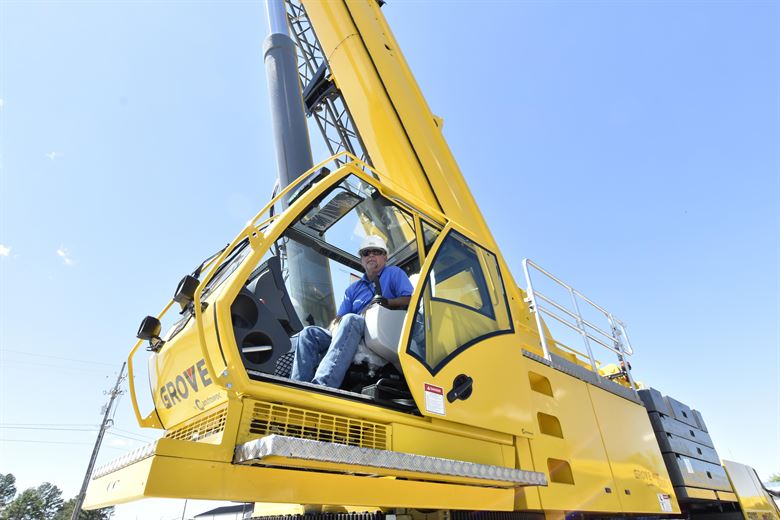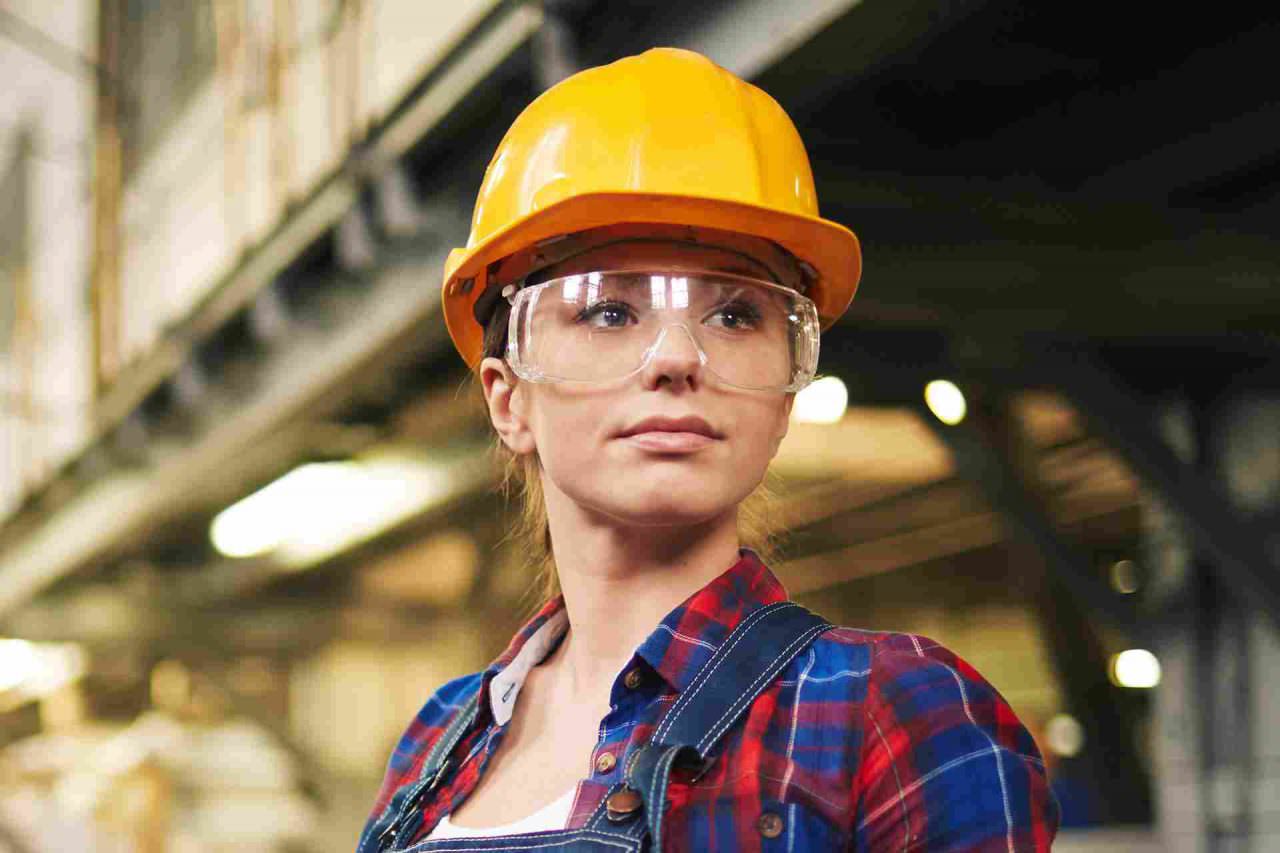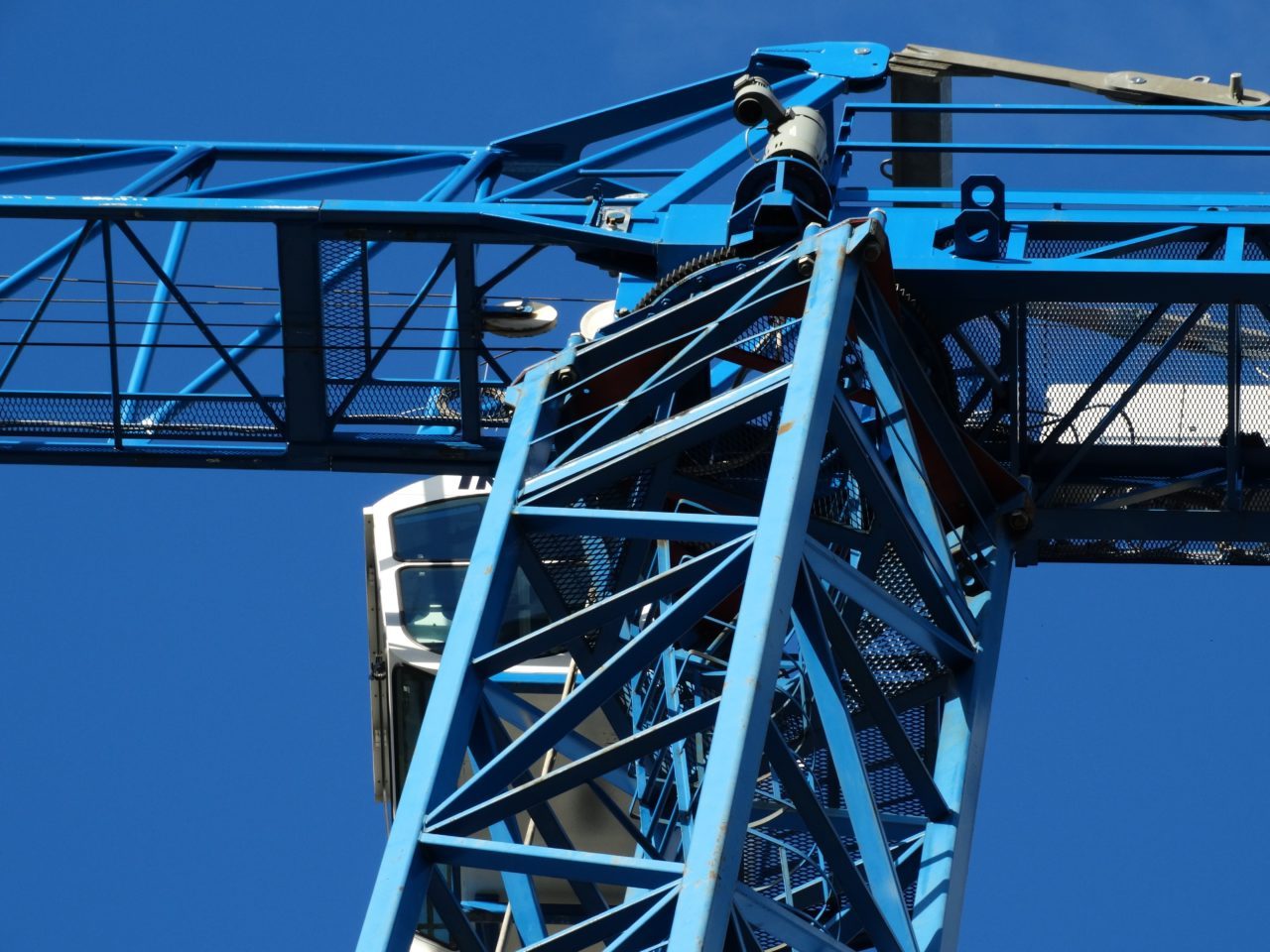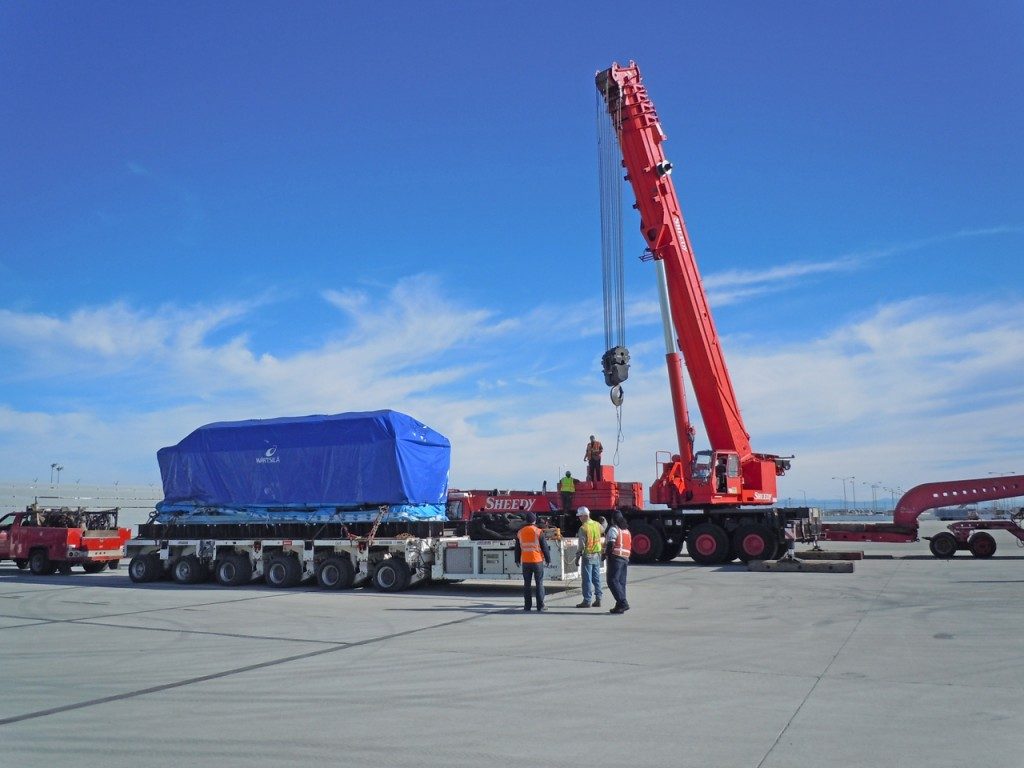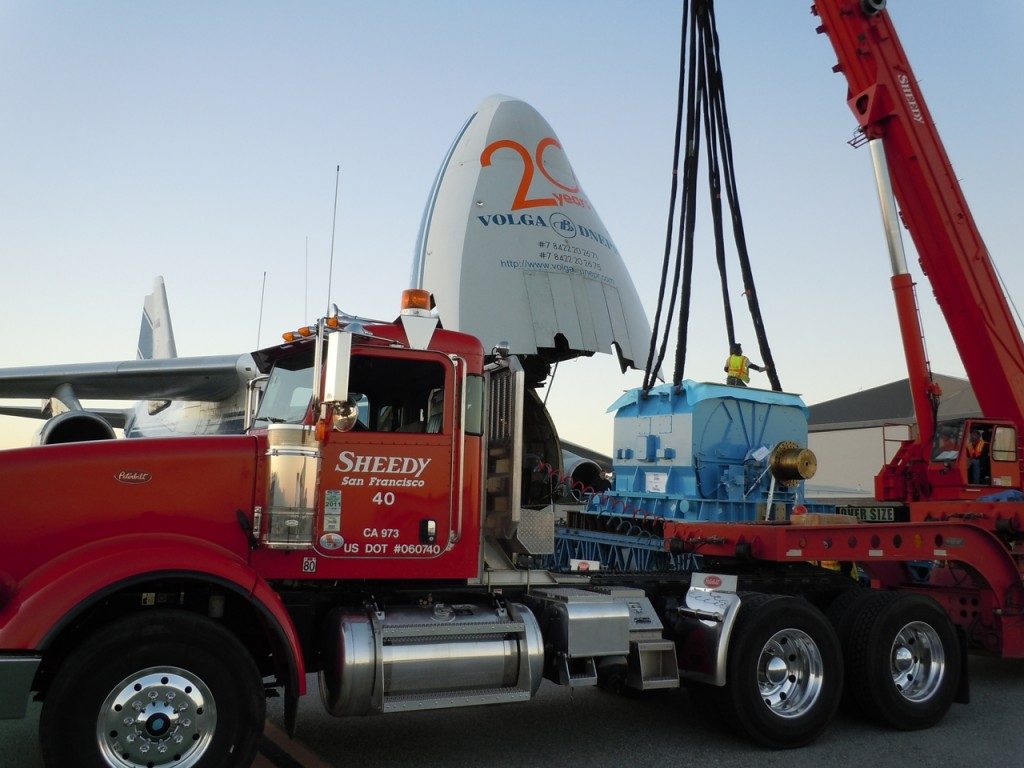There are elements to every job that can teach us lessons about other aspects of life. The chef is taught that preparation is key, which can be applied to almost every aspect of our daily lives. With heavy-lift and specialty rigging services, this goes deeper. Let’s take a look at how cranes can teach us about project management.
When it comes to bigger-picture tasks like project management, we don’t have to look far to find a wellspring of valuable tidbits that can help guide our decisions. One of the greatest teachers on the modern construction site may well be the crane, which goes above and beyond the heavy-lift and specialty rigging they’re typically used for!
Here’s a look at what we can learn about project management from the standard operation of a crane.
The Importance of Project Management
When working with a crane on a construction site, the crane itself is only one of many elements that need to be managed. There’s no point in having a crane ready for heavy-lift and specialty rigging if you don’t have anything to haul or rig. When working with a crane, one is forced to think holistically about how all the elements on-site work together. The same can be applied to project management, in that multiple moving parts are interdependent for success.
Connecting the Dots
When working with cranes, it’s important to find connections between the variables and the ramifications they may have. If it’s too windy to use the crane on a certain day, the operator may be better off using their time planning for future lifts or rigs or even checking parts.
In project management, connecting the dots can mean considering the bleed-on effects of variables changing. If something goes awry, rather than shutting the project down for a day, there are other methods for staying productive, even if it means avoiding the same problem in the future.
The Importance of Environmental Conditions
Being both on and of this planet, we are all aware of the fact that Earth is not a vacuum and that we are all affected by environmental conditions. These conditions can impact how we function and how we feel and thus are better acknowledged from the get-go. When it comes to crane operation, the environmental conditions that impact their performance are relatively obvious: the ground and the wind.
Good Footing
Of the utmost importance on a worksite, especially when bringing in a crane for heavy-lift and specialty rigging, is the condition of the ground. Bringing a crane onto uneven or soft ground can spell disaster on a grand scale, so it should be one of the first considerations.
When it comes to project management, the ground represents the foundation of the project and needs to be strong and stable enough to see it through. This could mean ensuring the funding is concrete or that staff will be available when necessary.
Daily Conditions
Unlike the ground, which can be considered a constant, the wind that laps at the shores of a construction site is an ever-shifting threat to stability. While we can predict some of the wind conditions on our construction sites, there’s always the possibility of the unexpected.
In project management, wind can be analogous to those conditions that change each day and can remind us to expect the unexpected. Rather than pausing the project when conditions aren’t optimal, being able to use time wisely regardless of conditions can ensure minimal wastage.
The Importance of Component Maintenance
Cranes are complex machines engineered out of a huge variety of interrelated moving parts that allow for the heavy-lift and specialty rigging we rely on them for. They regularly require maintenance on a variety of parts to ensure that they’re functioning as they should. Failing to maintain parts can not only cause damage to the crane but can be a risk to the whole construction site.
Project Management at a Construction Site
While there are literal components that need to be maintained on a construction site when it comes to project management, these components can also take on an allegorical sense. A construction project, like a crane, is engineered with a variety of components. From getting materials to the site to managing the operators of the various pieces of machinery, each component is as necessary as the last.
Maintaining the components of your project may mean breaking it down into separate parts and then considering how each works together. This is where holistic thinking can be truly valuable, as you’ll be able to see the cause and effect as it happens.
Heavy-Lift and Specialty Rigging-Sheedy Crane
As you can see, there’s more to be gleaned from crane operation than merely lifting and rigging. Here at Sheedy Crane, we believe that all of these processes are interconnected.
Feel free to check out some of our current and past projects, or contact us today if you’re interested in learning more about our Bay Area crane rentals services.

